




Literacy Numeracy
General Awareness
Rhymes and Stories
Name:
Class:
School:

Academic Authors: Melanie Grobler, Sonia Duggal, Roma Jain, Sangeeta Gupta, Anuj Gupta, Monika Jain
Creative Director: Bhavna Tripathi
Book Production: Sanjay Kumar Goel, Tauheed Danish, Amisha Gupta, Naveen Gauniyal
Project Lead: Pooja Gupta
VP, Learning: Abhishek Bhatnagar
All products and brand names used in this book are trademarks, registered trademarks or trade names of their respective owners.
© Uolo EdTech Private Limited
First impression 2025
This book is sold subject to the condition that it shall not by way of trade or otherwise, be lent, resold, hired out, or otherwise circulated without the publisher’s prior written consent in any form of binding or cover other than that in which it is published and without a similar condition including this condition being imposed on the subsequent purchaser and without limiting the rights under copyright reserved above, no part of this publication may be reproduced, stored in or introduced into a retrieval system, or transmitted in any form or by any means, electronic, mechanical, photocopying, recording or otherwise, without the prior written permission of both the copyright owner and the above-mentioned publisher of this book.
Book Title: Sunrise Semester 2A Level C
ISBN: 978-81-982267-8-5
Published by Uolo EdTech Private Limited
Corporate Office Address:
85, Sector 44, Gurugram, Haryana 122003
CIN: U74999DL2017PTC322986
Illustrations and images: www.shutterstock.com, www.stock.adobe.com and www.freepik.com
All suggested use of the internet should be under adult supervision.



































cub
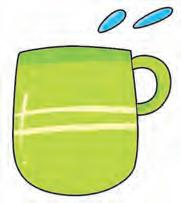

tub hug mug
hub rub dub
Read aloud� nut but
rug bug jug tug

fun nun run gun un bun sun


cut hut









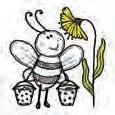
Objectives



• Rhyming words • Understanding words in same word families • Blending and reading




Look at the pictures� Colour the correct word with your favourite colour�








Objectives










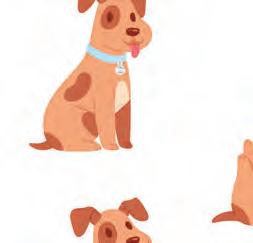

Objectives


• Reading • Matching

• Association
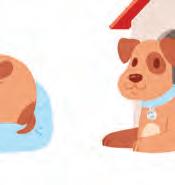














Objectives




Name each picture� Then write the first and the last letters�





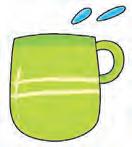




• Building words • Association • Writing skills o o a


Objectives

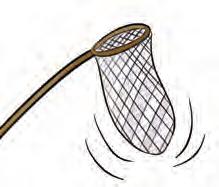




Look at the pictures� Write the names in the corr column� The first row has been done for you� a e i o u










rat net dog wig mug








Objectives

The cat had a nap.
The cub is big.
We sat in a bus.
The pan is hot.
The pup is in a tub.

Objectives
• Reading fluency
• Matching and association

















Where is the cat?

The cat is in the cup.
Where is it? Write in or on.
The cat is on the cup.
The ball is the box
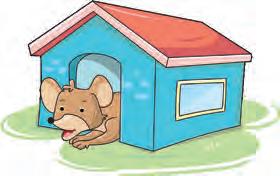
The ball is the box

The rat is the hut. The rat is the hut.


The pen is the table. The pen is the box.

Where is the top?



The top is under the cot. The top is near the cot.
Where is it? Write under or near.


The mop is the bed. The mop is the bed.
The bug is the flower. The bug is the flower.


The cat is the hat. The cat is the hat.

Look at pictures and write in, on, under or near�
1. The cat is __________ the mat.
____________ the bus.

____________ the hut.



____________ the hut.

The dog is ________________ the cot.


Objectives
• Understand the use of 'in', 'on', 'near', 'under' • Reading and writing

Where is the pup?

The pup is in front


The pup is behind of the hut. the hut.
Where is it? Write in front of or behind�


The bug is the box. The bug is the box.


The bug is the net. The bug is the net.


Once, in a big forest, there was a giraffe who loved to dance. He tapped his feet and swayed his long neck. All the animals clapped.

A lion came along and roared, “Stop dancing, you’re too noisy!” But the giraffe did not even hear him.


Then, the giraffe opened one eye and said, “Come and dance with me. You never have any fun.”

The lion tried a few steps, and all the animals cheered. He gave three steps left and three steps right, thee steps left and three steps right.

Soon, all the animals—rabbits, birds, and even turtles—joined the dance. The forest was a happy place.
Sight Words: in, a, big, there, was, to, he, his, all, the



These words begin with cl, fl, pl, sl� Read them aloud�



















Objectives
• Blending and reading




These words begin with cr, dr, fr, pr� Read them aloud�

op


op

ib

ip








These words begin with sp, sk, st, sn� Read them aloud�












Objectives
• Blending and reading







Objectives
• Blending and reading


• Identify beginning blends



These words end with ng, nt, nk, nd� Read them aloud� king plant















nt





Objectives
• Reading words with ending blends








These words end with mp, ft, lt, sk, st� Read them aloud�




































Objectives
• Reading words with ending blends



























Look at the pictures and complete the words�









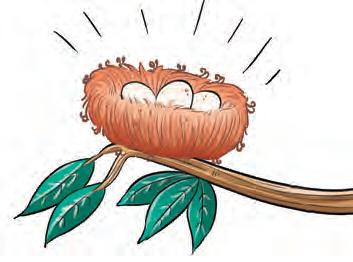
e


















ju e





many pens






many tops many bags
Add ‘s’ at the end of the words to write the words for more than one. van tap




Objectives








• Understand the concept of 'one' and 'many'

When we talk about one person or thing we use is

When we talk about more than one person or thing
we use are.
The rat is small.

The rats are small.



Look at the picture� Fill in the blanks with ‘is’ or ‘are’ �


1. The dog happy.

3. The flag green.

4. The plums red.
5. The frog in the pond.



Objectives
• Understand the concept of 'is' and 'are' is
6. The blocks on the slab.









These digraphs begin with ch, sh, wh, th� Read them aloud�









































Objectives
• Reading words with beginning digraphs

Name these pictures� Then, circle the correct starting










These are words that end with ck� Read them aloud�


eck

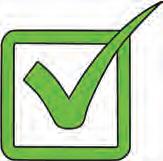
eck






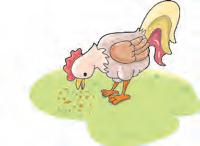



Objectives • Reading __ck words



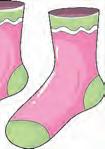




Look at the pictures� Complete the words�






Objectives • Association


a n e c h i c k c k f r o t r u r o c l o b l o
Building words






These are words that end with ll� Read them aloud�









Objectives • Reading words with /ll/ sound




























































Name the pictures�



































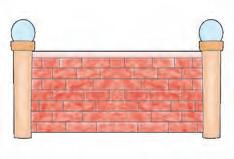

i




























































These are words that end with ss� Read them aloud�
























Objectives





















• Blending and reading words ending with ss




These words that end with sh, ch, th� Read them aloud�


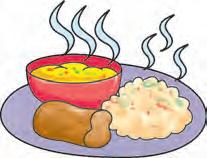

each

each















Look at the picture and read the sentences.

The elephant comes just after the lion.





The dog comes just after the elephant.

To find a number that comes just after a given number, we count forward. What comes just after the number 4?
Let us look at the number track and count forward from 4.
Number 5 comes just after the number 4.
In the same way, number 8 comes just after number 7.
We can also find numbers that come just after the given numbers from 10 onwards by counting forward.
Number 21 comes just after the number 20.

Objectives







Look at the picture and draw the thing that comes just after.







Count forward and write the number that comes just after.



Objectives
Sequential thinking







Look at the picture and read the sentences.




The bear comes just before the monkey.

The giraffe comes just before the rat.



To find a number that comes just before a given number, we count backward. What comes just before the number 6?

Let us look at the number track and count backward from 6.
Number 5 comes just before the number 6.
Number 34 comes just before the number 35. Number 9 comes just before the number 10.
We can also find numbers that come just before the given numbers, from 10 onwards, by counting backward.








Look at the picture and draw the thing that comes just before.







Count backward and write the number that comes just before. 7 31



Objectives
Sequential thinking
Counting and number recognition
Fine motor skills







Look at the picture and read the sentences.




The bat comes between the ball and the car.
The car comes between the bat and the cake.







To find a number that comes between two given numbers, we count forward from the first number and backward from the second number. What comes between the numbers 1 and 3?

Let us look at the number track and count forward from 1 to 3.
Number 2 comes between the numbers 1 and 3.
We can also find numbers that come between the given numbers from 10 onwards by counting forward from the first number and backward from the second number.
Number 20 comes between the numbers 19 and 21. 1 2 3 4 1 19 2 3 5 6 7 8 9 20 21 10

Objectives







Look at the picture and draw the thing that comes between the given things in each set.














Write the number that comes between the given numbers.
12 29 10 27 45 71 43 69 40 86 38 84 Objectives
Sequential thinking
Counting and number recognition
Fine motor skills






Look at how the number cards are arranged in order from numbers 10 to 1. This is backward counting. Start counting from number 10. Then, write the numbers from 10 to 1.


Objectives
Sequential thinking Understanding reverse order 10 9 8 7 6 5 4 3 2 1 10 1





Write the numbers to take the boy down the ladder from 10 to 1.


Write the numbers to take the girl down the ladder from 20 to 11.
10 1 20 11



Objectives






To compare two groups of the given things, we first count the things in each group. Then, we put the correct sign.









This shows us that number 6 is greater than number 1.


6 2 1 4




This shows us that number 2 is less than number 4.

Objectives
Counting objects Comparing quantities Understanding the concept of >/<







Count the things in each set and write the numbers in the squares. Use the correct sign (< or >) in the circle.
















































Objectives Counting objects
Comparing quantities
Understanding the concept of >/<






To compare two groups of the given things, we first count the things in each group. Then, we put the correct sign.





5 5 =







This shows that both sides have an equal number of mangoes.
Count the things in each set and write the numbers in the squares. Use the correct sign in the circle.













Objectives







Circle the smallest number in each set. Write the numbers in order from small to big.




Objectives
Number recognition
Comparing numbers
Ordering numbers from least to greatest Fine motor skills






Circle the biggest number in each set. Write the numbers in order from big to small.


Objectives









Let us look at the position of things in the pictures.

The cat is at the bottom of the tree.
The bird is on top of the tree.
The girl is at the top of the ladder.

The boy is at the bottom of the ladder.



Objectives
Identifying position of things Spatial awareness Object recognition Fine motor skills




Circle the things that are at the bottom in each box.








Circle the things that are at the top in each box.









Objectives







Identifying position of things Spatial awareness









Object recognition

Fine motor skills













The blue bird is flying over the tree. Let us look at the position of things in the picture.

The red bird is sitting under the tree.



Objectives
Identifying position of things Spatial awareness Object recognition Fine motor skills







Tick () the picture in which the frog is under the mushroom.

Tick () the picture in which the butterfly is over the flower.



Objectives
Identifying position of things Spatial awareness Object recognition Fine motor skills









Let us look at the position of things in the picture.

The sheep is standing behind the tree.

The sheep is standing in front of the tree.



Objectives
Identifying position of things Spatial awareness Object recognition Fine motor skills





Tick () the picture in which the deer is standing behind the fence.



Tick () the picture in which the girl is standing in front of the cabinet.



Objectives
Identifying position of things
Spatial awareness
Object recognition
Fine motor skills








Let us read the instructions and do the actions.









Open your eyes!










Open your mouth!



















Open your pencil box!
Open your bag!

Close your eyes!



















Close your mouth!



















Close your pencil box!
Close your bag!

Match the things that are open with the closed ones.


























Objectives

















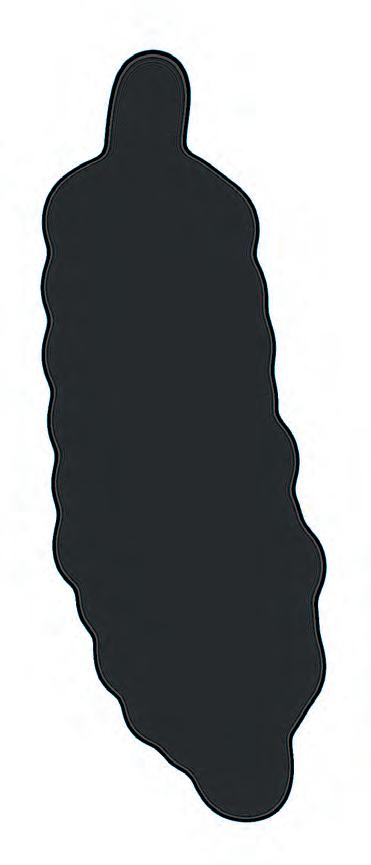














Look at the fruit. Trace their names.




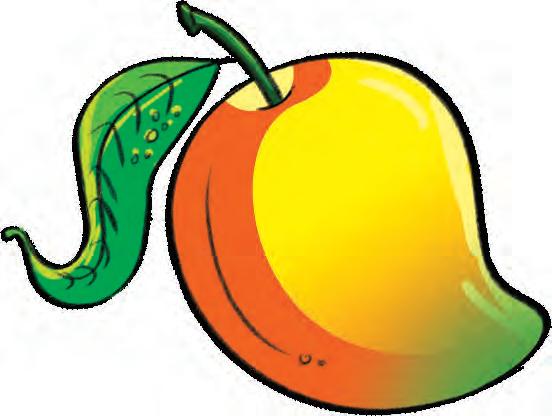





Objectives
• Fine motor skills • Identification




Write ‘P’ in the box for the fruits you eat after peeling.









Objectives
• Fine motor skills • Identification




Arrange the pictures in correct sequence by numbering them from 1 to 4. Wash your hands. Peel the banana.

Eat the banana. Throw the peel in the dustbin.

Objectives
• Sequencing • Logical thinking • Understanding hygiene



Fruit have seeds. Some have one. Some have many. Write ‘one’ under the fruit that has one seed and ‘many’ under the fruit that has many seeds. One has been done for you.

Objectives
• Identification • Observation




Look at the vegetables. Trace their names.









Circle the vegetables that can be eaten raw.


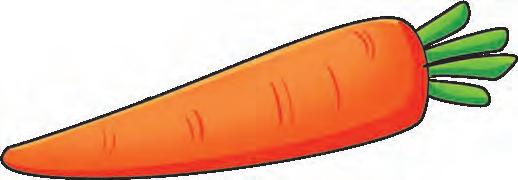


Objectives
• Identification • Observation





Compare the sizes of vegetables. Write numbers 1 to 3 in the order of smallest to biggest.






Objectives
• Size comparison • Visual discrimination










Some of the food items are healthy and can be eaten every day.






























Some food items are tasty but not healthy. We should only eat them once in a while.









Circle the actions that show healthy habits.
Eat food that is clean and covered


Drink water that is clean and covered


Wash fruits and vegetables before eating

Objectives
• Health and hygiene • Awareness




Circle ‘yes’ for healthy habits. Circle ‘no’ for unhealthy habits.



Objectives
• Health awareness • Decision making





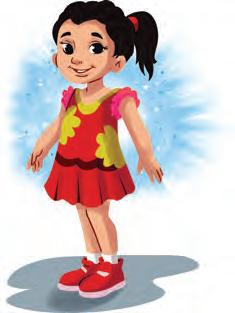


Let us learn about some safety rules at school.

Do not sit or slide on the handrail.

Do not push anybody on stairs.


Do not walk on wet floor.



Never bully and do not let anyone bully you.

Do not stand in front of or behind the bus. Do not stand on chair.


Do not hide behind the classroom door. Use scissors safely. Listen to your teacher.
Objectives
• Knowing safety rules


Look at the pictures. Cross () the unsafe actions.



Objectives



• Recognizing safe and unsafe behaviours • Developing safety decision making skills



Put a tick () on the safe action and a cross () on the unsafe actions given below.




Objectives


• Understanding the importance of safety rules




We should follow safety rules on the road. Let us learn about some of them.

Wear seatbelt when in a car.

Use the zebra crossing to cross roads.

Wear a helmet when riding a scooter or a bike.
Objectives
• Road safety awareness • Decision making

Do not take your hand or head out of the window.

Do not run on the road.

Do not cycle on the main road.




We live on the Earth. Earth has land and water. Colour the picture of the Earth per the code. 1 2

The green part shows the land. The blue part shows water.


Let us see how we use water in our daily life.
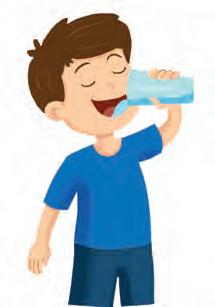

drinking brushing

washing clothes cooking

bathing the pet cleaning
Objectives
• Critical thinking • Understanding uses of water


bathing

watering plants
washing fruit and vegetables


Tick () the pictures that show wastage of water.





Objectives
• Environmental awareness • Critical thinking





Water has three forms—ice, water, and steam.































Let’s learn the names of some sources of water.




Objectives
• Learn the names of sources of water


















Step 1: Take a glass of water (half fill).
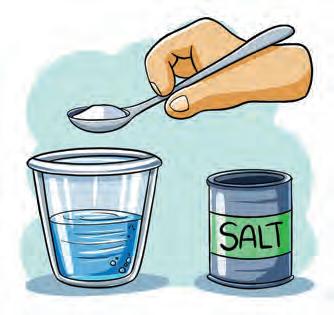
Step 2: Add sugar.
Step 3: Add little salt.


Step 4: Add lemon juice.

Step 5: Mix them up.

Step 6: Add ice cubes.
Lemonade is ready.

For the teacher

Take water, salt, sugar and lemon. Add one thing at a time and let children taste it. Make them understand that water has no taste and smell of its own.

Objectives
• Sequencial thinking • Attention to detail




Water pollution happens when our rivers, lakes, and oceans get dirty. See the picture below. Point to the activities that make the water dirty.





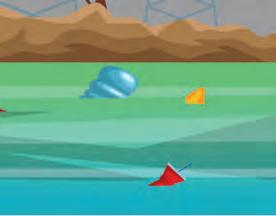
Objectives
• Observation • Awareness about keeping the water clean

Discuss in class about the different sources of water pollution and how not throwing away plastic saves water from pollution.



We need air. Look at the different ways we can use air.
flying a kite
playing a flute
breathing
whistling
drying clothes
Objectives
• Observation skills
blowing bubbles growing plants

filling a tyre

spinning a pinwheel

Tick () the activities that show presence of air.









Air pollution occurs when the air becomes dirty from smoke, dust and chemicals. Cross out () the actions that cause air pollution.

Smoke from cars and buses

Smoke from burning garbage
Objectives
Smoke from factories

Smoke from bursting crackers
• Identification of air pollution sources • Awareness of environmental issues


It is important to take care of our Earth to stay happy and healthy. Let us see some ways to care for Earth.

Plant more trees.

Do not burn garbage.
Do not waste water.
Do not cut trees.
























Use less plastic.
Throw waste in bin.






Get a ticket, ticket, ticket, for the train.
Don’t stand out in the wind and rain.
Get a ticket, ticket, ticket, for the bus.
Climb aboard, you can ride with us.
Get a ticket, ticket, ticket, for the boat. The water’s too cold to swim or float.
Get a ticket, ticket, ticket, for the plane. Up in the clouds, we’ll fly in the rain.



Spring says, “I am the best! I make the flowers bloom. I make the trees green, the birds sing, and the farmers plant seeds.”
Rain says, “I am the best! I make everything fresh. I fill the rivers with water. I make the plants grow. Kids love to splash about in the puddles.



Autumn says, “I am the best! I make the rice ripe. I make the fruit ripe. I turn the leaves red and gold.
Winter says, “I am the best! I make the houses cozy. People sit around the fire and tell each other stories. Children love to play in the snow.”



Mother Nature says, “All four of you are special in your own way. So, all of you are the best!”

Row, row, row your boat, Gently down the stream, Merrily, merrily, merrily, merrily Life is but a dream.
Row, row, row your boat, Gently down the shore, If you see a lion, Don’t forget to roar!




Once upon a time, a farmer called Manu, planted turnip seeds in his garden. Soon, a giant turnip grew! Manu was amazed! He bent down and pulled on the turnip, but it wouldn’t come out. “Dear wife! Please help me pull out this huge turnip!” he called.
Manu and his wife pulled and pulled, but it was stuck. They called their granddaughter, who held onto the wife, who held onto the farmer, and they all pulled together. But the turnip would not move!
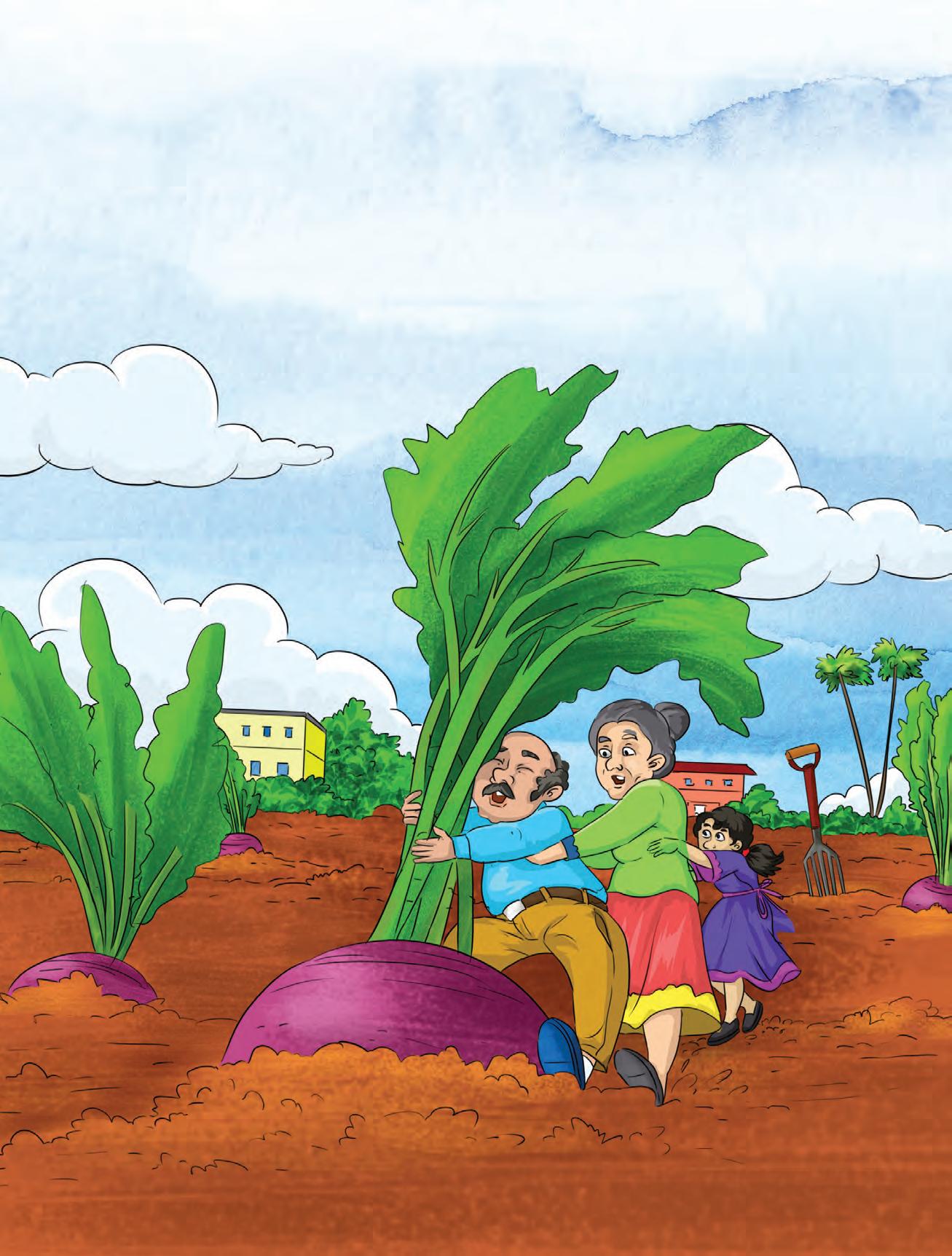


They called their dog for help! He held onto the granddaughter, who held onto the wife, who held onto the farmer, and they pulled. But the turnip would not move!
They called their donkey, who held onto the dog, who held onto the granddaughter, who held onto the wife, who held onto the farmer, and they PULLED. Suddenly, the turnip came out and they all fell on their backs!



The policeman walks along the street, With shiny shoes upon his feet.
He helps us cross, and keeps us safe, He has a smile on his face.
He stops the cars, so we can go, And waves a hand to say hello.
So, when you see him, wave and say, “Thank you, sir, for helping me today!”


On a hot afternoon, Gopi the farmer was ploughing the field. While digging, he suddenly heard a CLANG! Gopi found a big metal pot.



When Gopi got tired, he kept the spade into the pot. When he looked again, he couldn’t believe his eyes— there were one hundred spades! “Wow! This is a magic pot!” he said to himself.
He then put an apple in the pot and found one hundred apples! Gopi shared the spades and the apples with the villagers. Gopi kept the pot a secret. He became rich and helped the people in his village.



Gopi’s neighbour wanted to know what Gopi’s secret was. He visited Gopi's house. His dog jumped into the pot. A hundred dogs came out of it! They all looked the same.
The neighbour ran away in fright! A hundred dogs ran after him, barking loudly. The neighbour never came to Gopi’s house again. Gopi kept on helping the villagers.


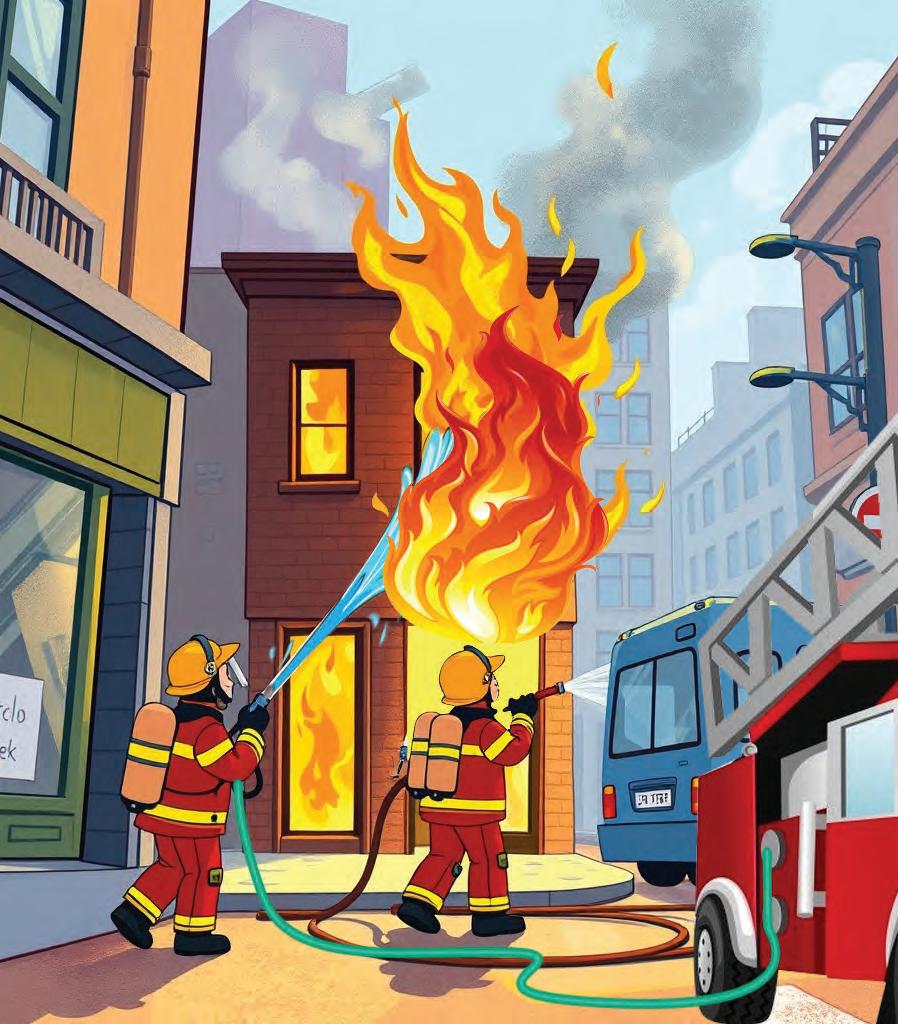

Firemen, firemen, In red and gold, Rushing to the fires, Brave and bold.
With hoses and water, They fight the flame. Firemen are heroes, That’s their name!
Once upon a time, an old woman and an old man made a gingerbread man. They mixed the dough, rolled it out, and cut out a shape. They put it in the oven. When the baking was done, out jumped the gingerbread man!


Run, run, as fast as you can! You can’t catch me! I’m the gingerbread man!

The gingerbread man then ran outside. The old woman and the old man chased him. The gingerbread man just ran faster and faster.

Come back! Come back!
Run, run, as fast as you can! You can’t catch me! I’m the gingerbread man!
He ran past a cow, a horse, and a donkey. They all ran after him to catch him.

Run, run, as fast as you can! You can’t catch me! I’m the gingerbread man!

He came to a river. He did not know how to cross it. A clever fox was standing at the river. He saw the gingerbread man. He knew how to catch him.

Jump on my head. I will help you cross the river.
Thank you, mister fox!
The gingerbread man jumped high. SNAP went the fox’s mouth. And that was the end of the gingerbread man!



There were ten in the bed, And the little one said, ‘‘Roll over, roll over.’’ So they all rolled over, And one fell out.
There were nine in the bed, And the little one said, ‘‘Roll over, roll over.’’ So they all rolled over, And one fell out.


For the teacher
You may continue the lines with numbers in descending order.


A long time ago, there was a queen who wanted her son to marry a princess. But she could not find a true princess.




One stormy night, a girl came to the castle. In a beautiful voice she asked if she and her servants could stay for the night. The girl said she was a princess, but the queen was not sure.


To test her, the queen placed a tiny pea under many feather-soft mattresses. “If she is a true princess, she will feel the pea!” the queen said to herself.



The girl went to bed. The next morning, the queen asked her how she had slept. The girl said, “I had a terrible night! I felt something hard in my bed!”


The queen smiled. “You are a real princess! Only a true princess could feel a pea under so many mattresses!” The prince was very happy. He and the princess were married and lived happily ever after.


Sunrise is a comprehensive, NCF 2022-based Early Childhood Education program that lays a solid foundation for lifelong well-being and holistic growth, encompassing physical, cognitive, and socio-emotional development.
This semester book has been designed to especially develop the learner's literacy and numeracy skills, their understanding and general awareness about the world around them, as well as their love for reading and listening comprehension skills.
• Play-based learning activities, which promote holistic development of the child in all ECE domains
• School readiness, which is assured in the curriculum and learning design
• All-round development, in areas of physical, cognitive, cultural and socio-emotional domains
• Teacher assets, like assessment tools and lesson plans, to help maximise program quality and outcomes
Uolo partners with K-12 schools to provide technology-enabled learning programs. We believe that pedagogy and technology must come together to deliver scalable learning experiences that generate measurable outcomes. Uolo is trusted by over 15,000+ schools across India, Southeast Asia and the Middle East.
ISBN 978-81-982267-8-5
